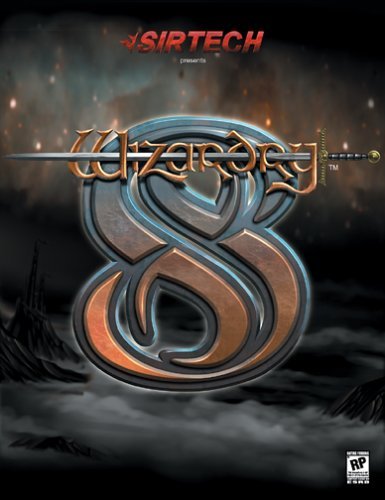Wizardry 8 Preview
-
Category: PreviewsHits: 6764

Article Index
Page 2 of 3
The Graphics - This game wears well on the eyes.Before we actually played the press demo we were worried that the graphics might be less than spectacular. This seems to be a very valid concern, considering the fact that the game has already been in production for over four years. Well whisk away those worries like ours were because the game includes perhaps the best graphics to date in a similar-type game, featuring a full-time first person perspective point of view, also used in games like Might & Magic VIII and Wizards & Warriors. While it is arguable whether this type of viewpoint or any other is ideal for a party based CRPG, the graphics are certainly exquisitely done. The extensive indoor and outdoor scenes are nicely finished with intricate textures and are fully fleshed out with all sorts of little details like wine kegs, bookshelves, tables with candles and chairs, etc. To achieve all of this, they built a completely new engine sporting supported features like day/night cycles, dynamic lightning and a particle system.
The Combat - The meat and potatoes of the RPG
One of the best and most used features of the game has to be the combat system. Wizardry 8 uses a phased combat system, similar to turn-based but faster, where you get to first assign the actions of your characters at the beginning of each turn. After you have given all the commands, you play a single round simultaneously with the enemy. Individual initiatives, from all monsters to party members, are calculated and acted out in the order of speed. In the case that you want a character to repeat his/her last actions, simply hit "L"; or, if you are feeling lazy, the computer will assign actions for you characters based upon the weapons they're using.
Enemies can attack from every possible direction, so even group formation needs to be considered before entering combat, making the party formation mini-window a handy tool to have. If monsters are far away and your character has a ranged weapon equipped, the computer will automatically allow them to use it, and once the monster(s) enter melee range will "auto-swap" to the melee weapon of choice for close battle. This is an incredibly useful feature when using the second and other main type of combat mode, "continuous." It's similar to real-time except that all the participant's speeds are considered and only one monster/party member moves at a time albeit without pauses in between.
The Spell System - A constructive past time for the melee challenged
Both an important element to the art of combat as well as a boon to reconnaissance and travel is the magic system. Wizardry 8 features six different schools of magic and many of the classes are able to use at least one of them during their lives. There is of course the usual array of offensive, defensive and healing spells, but along with those come the non-combat charm spells, travel spells such as light, and buffing spells to enhance protection and efficiency during combat.
A great feature compared to many other games with spell systems is the ability to determine the intensity of a certain spell, maximizing mana with power against a specific target. Not only can you pick out the type of spell, but as your character gains levels, he or she can choose the appropriate multiplier, doing that many times in power compared with the original 1st level spell. There is, of course, the risk that a higher intensity will cause your spell to backfire, especially if the character's skill is not very high. It can be a very shocking experience to expect your level 4 whipping rocks spell to lash out at the small horde of enemies, and instead backfire and do damage to every member of your party. We'll just label those mishaps as negative buffs.
Wizardry 8 takes a unique approach to targeting area-based spells in 3D, such as which area is affected by a spell such as a Fireball. First, if it's a monster group that needs to be targeted, a pointer will appear on screen to select the appropriate group, which is easily identifiable by an outline appearing around the monster. Then a 3D staff comes out very similar to one you might find in the golf game Links. You can move it both back and forward and left and right along the x and y-axis. As you do, monsters within the affected area will be highlighted so you can pick the spot that affects the most monsters. If it's a cone-based spell, a 3D blue cone will funnel outward toward the monsters, again highlighting the ones that would be affected, and your party just rotates until you reach the desired angle.
If you take all the combat and spell factors into account and realize that there are over 300 different types of monsters in the game, then you'll realize that there is some serious fighting to be done before you have reached the end of the game. Furthermore, monsters do have the ability to re-spawn, more often in heavily trafficked areas, so it's definitely best to think before you sleep...


